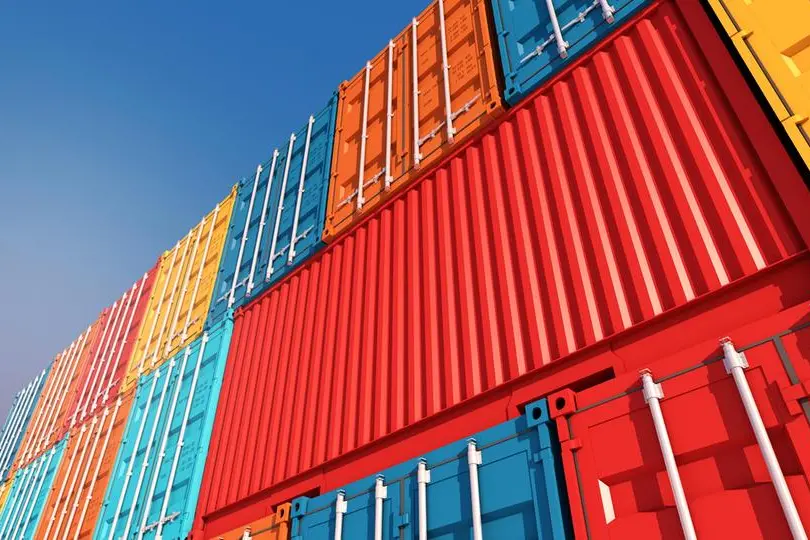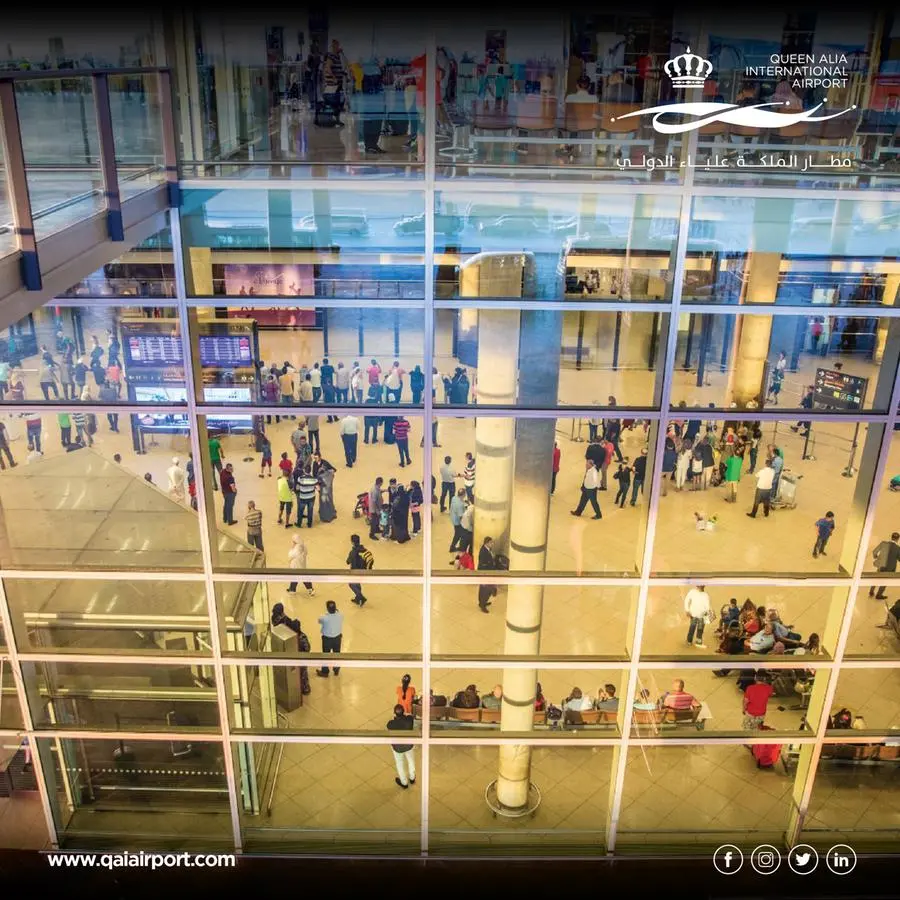PHOTO
Middle East consumers are the most exposed to the Red Sea crisis as 81.6% of imports into the region are along routes exposed to disruption.
Research from BMI showed $229 billion of imported goods arrived in the region from Asia and Europe in 2022, while Europe was less exposed, as only Asia-Europe routes, accounting for 23.5% of imports valued at $503 billion, are impacted.
Asia will see slightly higher impact than Europe, with imports from the most exposed US route making up 28.2% or $397 billion of imports, a webinar held by the Fitch Solutions research company heard.
Jordan Poulter, senior consumer analyst, BMI, said there were risks on final consumer product prices from higher immediate shipping costs. Disruption could cause low-cost suppliers to shift to alternative freight methods, more expensive suppliers or production methods to meet demand.
“If the Red Sea is impassable for more than a few months, companies will have to pass on heightened cost to consumers,” she said.
“Due to existing trade links, the Middle East, Europe and Asian consumers are most at risk, but if [the crisis] continues to the second half of the year or beyond, it will spread to the Americas.”
Keaton Fitzpatrick, operational risk analyst said container freight rates are going to rise and fluctuate in the coming weeks and remain elevated by at least the first quarter of this year.
He said 30% of global container trade usually passes through the Red Sea, and more than 90% of those container ships have diverted since December 2023, with routes most affected being Asia to Europe and Asia to MENA region, with diversions around the Cape of Good Hope impacting schedules.
Only smaller regional carrier vessels and those with military support are still using the Bab El Mandeb Strait, between the Red Sea and Gulf of Aden, he added.
Escalation risk
Ramona Moubarak, head of MENA country risk and global banking, BMI, said the Red Sea crisis is one of six hot zones in the MENA region with Israel and Palestine, Lebanon, Syria, Yemen, with Lebanon and Yemen being the highest escalation risk.
The probability of further escalation is at 40%, but there is a 60% likelihood that the conflict will not broaden, will not intensify, and will likely ease by Q1 2024.
“The Red Sea specifically, we think there might be a convergence of global interests to secure the water pathway, which will lead to the Houthis reducing their attacks, but this is not given,” she said.
More than half of MENA countries have already been affected, directly or indirectly, by the Red Sea crisis, which unfolded following the start of the current Israel-Hamas conflict, either through higher security risks such as in Iraq and Lebanon, or economic implications such as Egypt and Lebanon, Moubarak said.
Oil risk
Emma Richards, associate director, oil and gas, said while 10% of oil trade globally passes through Bab El Mandep Strait, of greater concern would be if conflict spreads to Iran, impacting the Strait of Hormuz, through which 20% of oil trade flows, leading to global oil supply disruption.
“The bulk of what flows through the Strait of Hormuz is exported from the Arabian Peninsula,” she said.
(Reporting by Imogen Lillywhite; editing by Brinda Darasha)





















